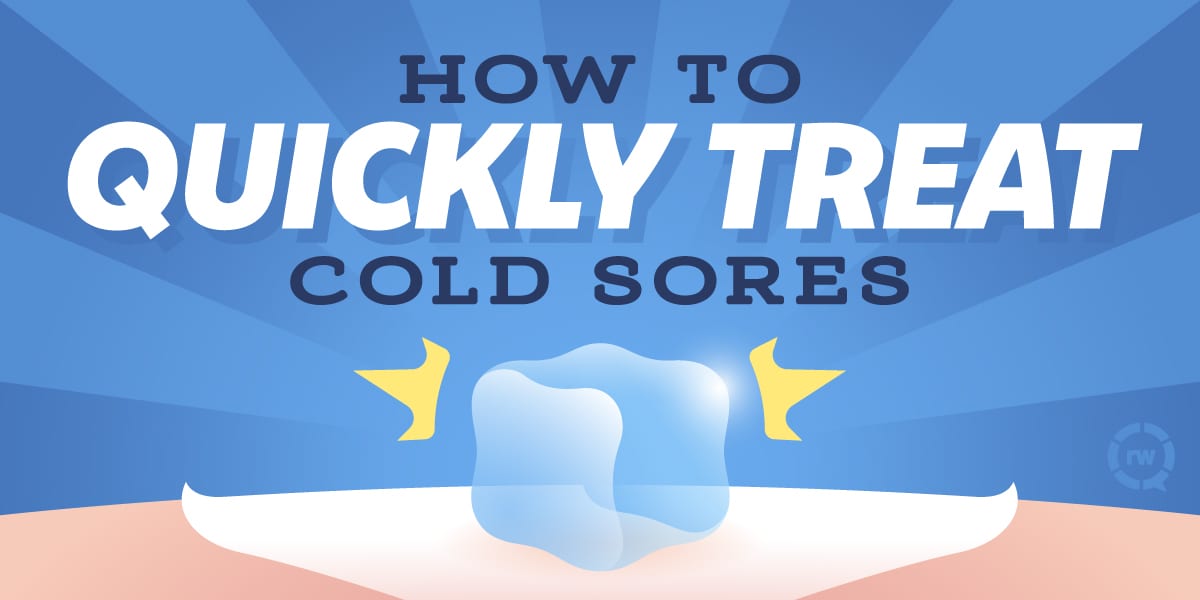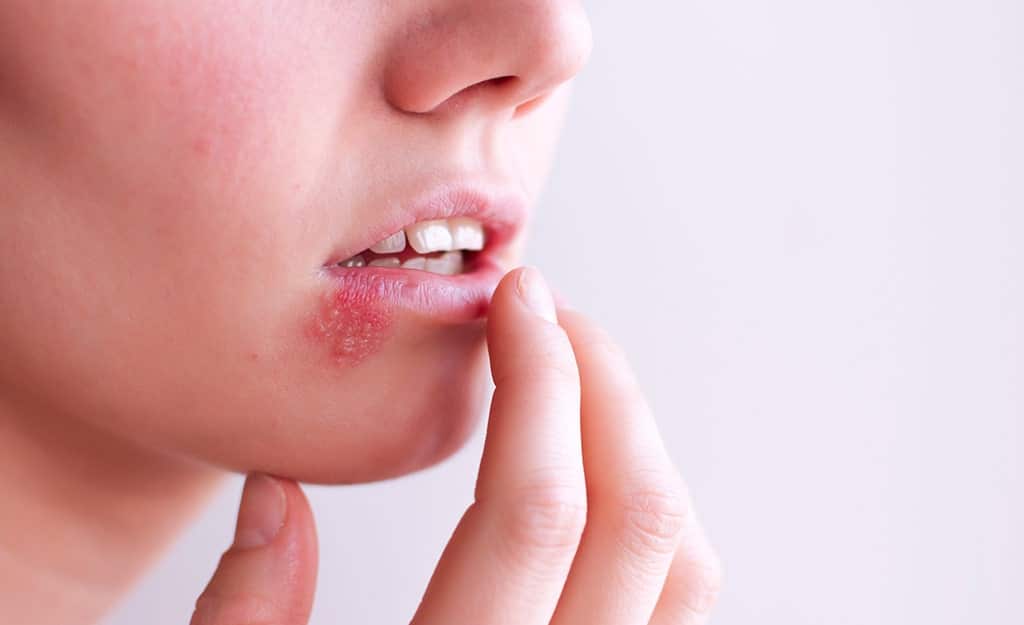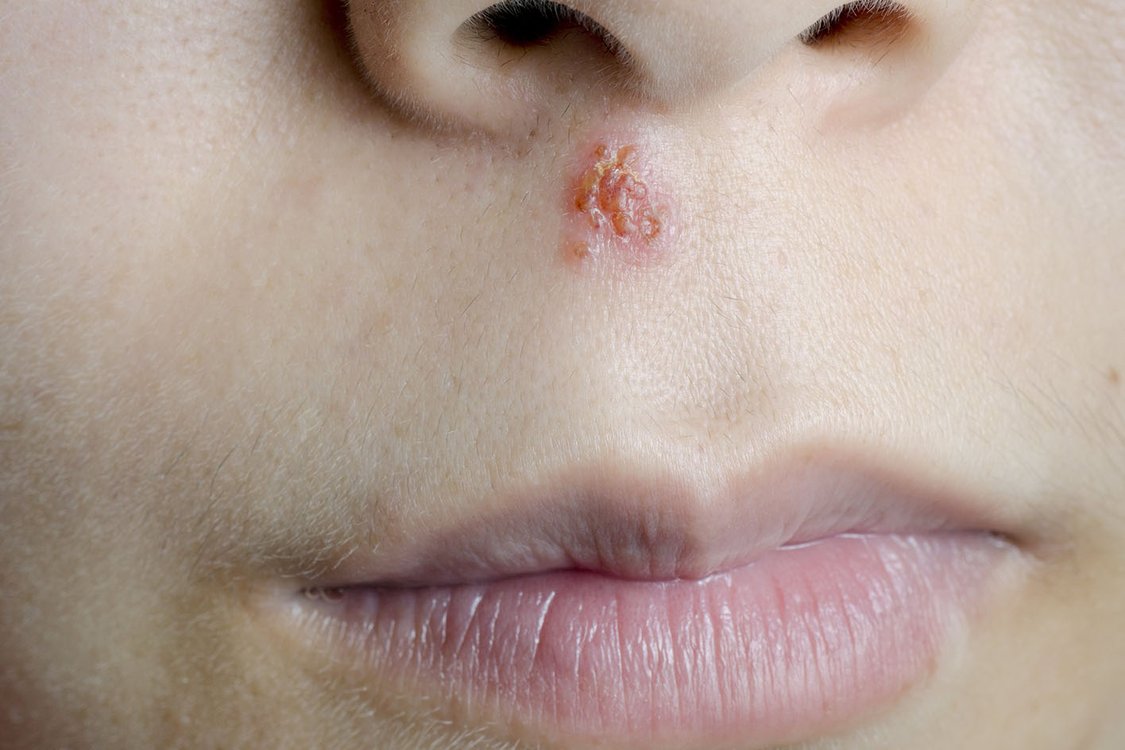
Tender Care: The Foundation of Cold Sore Management
Navigating the Sensitive Nature of Herpetic Outbreaks
Those pesky cold sores, also known as fever blisters, are the handiwork of the herpes simplex virus type 1 (HSV-1). They’re quite contagious and demand careful attention to prevent further spread and encourage healing. The skin around a cold sore is particularly delicate, and rough cleaning methods can make things worse, leading to increased discomfort and longer healing periods. Therefore, a gentle touch is absolutely necessary.
When you’re dealing with a cold sore, the initial step is to resist touching it as much as possible. This stops the virus from spreading to other parts of your body or to other people. If you must touch the sore, ensure your hands are thoroughly washed with soap and water before and after. Refrain from picking or squeezing the blister, as this can lead to secondary bacterial infections and scarring. The aim is to keep the area clean without causing additional irritation.
Cleaning should be done with a mild, unscented soap. Avoid products that contain harsh chemicals or alcohol, as these can dry out the skin and delay healing. Lukewarm water is best for rinsing the affected area. Gently pat the area dry with a soft, clean towel. Don’t rub, as this can irritate the sore. A gentle patting action will minimize friction and prevent further damage to the delicate skin.
Some people find that a saline solution can be helpful for cleaning cold sores. Saline solution is a gentle, natural cleanser that can help to remove debris and bacteria without irritating the skin. You can make a saline solution by dissolving half a teaspoon of salt in a cup of warm water. Apply the solution to the cold sore using a cotton ball or clean cloth, and gently pat dry. Remember, consistency is important. Regular gentle cleaning is essential for managing cold sores and promoting healing.
Topical Solutions: Comfort and Recovery
Exploring Antiviral and Soothing Applications
While cleaning is essential, topical solutions can provide extra relief and speed up the healing process. Over-the-counter antiviral creams, such as docosanol (Abreva), can help to shorten the duration of a cold sore outbreak. These creams work by stopping the virus from replicating, thereby limiting the severity and duration of the lesions. Apply the cream as directed on the product label, generally several times a day.
In addition to antiviral creams, soothing topical solutions can help to ease discomfort. Lip balms containing ingredients like beeswax, petroleum jelly, or zinc oxide can create a protective barrier over the cold sore, preventing it from drying out and cracking. These balms can also help to soothe the itching and burning sensations associated with cold sores. Apply these balms generously and frequently, especially after cleaning the area.
Some natural remedies, such as tea tree oil and lemon balm, have been suggested for their potential antiviral and anti-inflammatory properties. However, it is essential to use these remedies with caution, as they can irritate sensitive skin. Dilute essential oils with a carrier oil, such as coconut oil, before applying them to the cold sore. Always do a patch test on a small area of skin before applying any new topical solution to a cold sore.
Remember, everyone’s skin reacts differently. If you experience any adverse reactions, such as increased redness, swelling, or itching, stop using the topical solution and consult a healthcare professional. Consistency and gentle application are key to maximizing the benefits of topical solutions while minimizing irritation. Patience is also required, as healing takes time.
Dietary Habits: Supporting Immune Wellness
Nourishing Your Body for Optimal Recovery
A healthy diet plays a significant role in supporting the immune system and promoting healing. Certain nutrients can help to strengthen the body’s defenses against viral infections, including HSV-1. Eating foods rich in lysine, an amino acid, can be beneficial. Lysine is believed to inhibit the replication of the herpes simplex virus. Foods high in lysine include dairy products, legumes, and fish.
On the other hand, foods high in arginine, another amino acid, may worsen cold sore outbreaks. Arginine is believed to promote the replication of the herpes simplex virus. Foods high in arginine include chocolate, nuts, and seeds. While avoiding these foods entirely may not be necessary, moderation is key. A balanced diet that emphasizes nutrient-rich foods can help to support overall immune health and minimize the frequency and severity of cold sore outbreaks.
Staying hydrated is also essential for maintaining healthy skin and supporting the healing process. Drink plenty of water throughout the day to keep your skin hydrated and promote overall well-being. Adequate hydration can help to prevent the skin from drying out and cracking, which can further irritate cold sores. Additionally, a diet rich in vitamins and minerals, particularly vitamin C and zinc, can support immune function and promote wound healing.
It’s important to remember that diet alone cannot cure cold sores. However, a healthy diet can play a supportive role in managing the condition and promoting overall health. If you have concerns about your diet or its impact on cold sore outbreaks, consult with a healthcare professional or a registered dietitian. They can provide personalized advice and recommendations based on your individual needs.
Pain Relief: Easing Discomfort
Strategies for Reducing Pain and Inflammation
Cold sores can be painful, causing burning, itching, and tingling sensations. Over-the-counter pain relievers, such as ibuprofen or acetaminophen, can help to ease discomfort. These medications can reduce pain and inflammation associated with cold sores. Follow the dosage instructions on the product label and consult with a healthcare professional if you have any concerns.
Applying a cold compress to the affected area can also help to reduce pain and swelling. Wrap a cold pack or ice cubes in a clean cloth and apply it to the cold sore for 10-15 minutes at a time, several times a day. Avoid applying ice directly to the skin, as this can cause frostbite. The cold compress can help to numb the area and reduce inflammation, providing temporary relief from discomfort.
Some people find that applying a paste made from baking soda and water can help to soothe cold sores. Baking soda has alkaline properties that can neutralize the acidity of the cold sore, reducing pain and itching. Mix a small amount of baking soda with water to form a thick paste and apply it to the cold sore using a cotton ball. Leave the paste on for a few minutes before rinsing it off with lukewarm water.
Oral anesthetics, such as those containing benzocaine, can also provide temporary relief from pain. These products work by numbing the area, reducing discomfort. Apply the oral anesthetic as directed on the product label and avoid swallowing the product. If you experience any adverse reactions, such as increased irritation or swelling, stop using the product and consult a healthcare professional. Remember, pain relief strategies are intended to provide temporary relief and should be used in conjunction with other cold sore treatments.
Preventing Spread and Recurrence
Lifestyle Adjustments for Long-Term Management
Preventing the spread of cold sores and minimizing recurrence is crucial for long-term management. Avoid close contact with others, especially during an outbreak. Do not share personal items, such as lip balm, towels, or utensils. Wash your hands frequently with soap and water, particularly after touching the cold sore. Avoid kissing or engaging in oral sex during an outbreak.
Identifying and avoiding triggers can help to minimize the frequency of cold sore outbreaks. Common triggers include stress, fatigue, sun exposure, and hormonal changes. Managing stress through relaxation techniques, such as yoga or meditation, can help to reduce the likelihood of outbreaks. Getting adequate sleep and maintaining a healthy lifestyle can also support immune function and minimize recurrence.
Protecting your lips from sun exposure is essential, as ultraviolet (UV) radiation can trigger cold sore outbreaks. Apply a lip balm with SPF 30 or higher before going outdoors, even on cloudy days. Reapply the lip balm every two hours, especially after swimming or sweating. Consider wearing a wide-brimmed hat to provide additional protection from the sun.
If you experience frequent cold sore outbreaks, consult with a healthcare professional. They may recommend antiviral medications to suppress the virus and prevent recurrence. These medications are typically taken daily and can help to reduce the frequency and severity of outbreaks. Remember, managing cold sores requires a comprehensive approach that includes gentle cleaning, topical solutions, dietary considerations, pain relief, and preventive measures.
Frequently Asked Questions (FAQ)
Addressing Common Concerns About Cold Sore Management
Q: How long does a cold sore typically last?
A: Cold sores generally heal within 7-10 days. However, the duration can vary depending on individual factors and the severity of the outbreak.
Q: Can I use makeup to cover a cold sore?
A: It’s best to avoid using makeup on a cold sore, as it can irritate the area and prolong healing. If you must use makeup, apply it gently and avoid sharing makeup applicators.
Q: When should I see a doctor about a cold sore?
A: Consult a doctor if you experience frequent outbreaks, severe symptoms, or if the cold sore does not heal within two weeks. Also, consult a doctor if you have a weakened immune system or if the cold sore spreads to your eyes.

30 Remedies For Cold Sores (simple Home Remedies)

If You’re Like Me And Suffer From Cold Sores Then This Video Is For You

Tips For Managing A Cold Sores Natural Remedies

Quick Way To Clear Cold Sores Just For Guide

Cold Sores Photos
